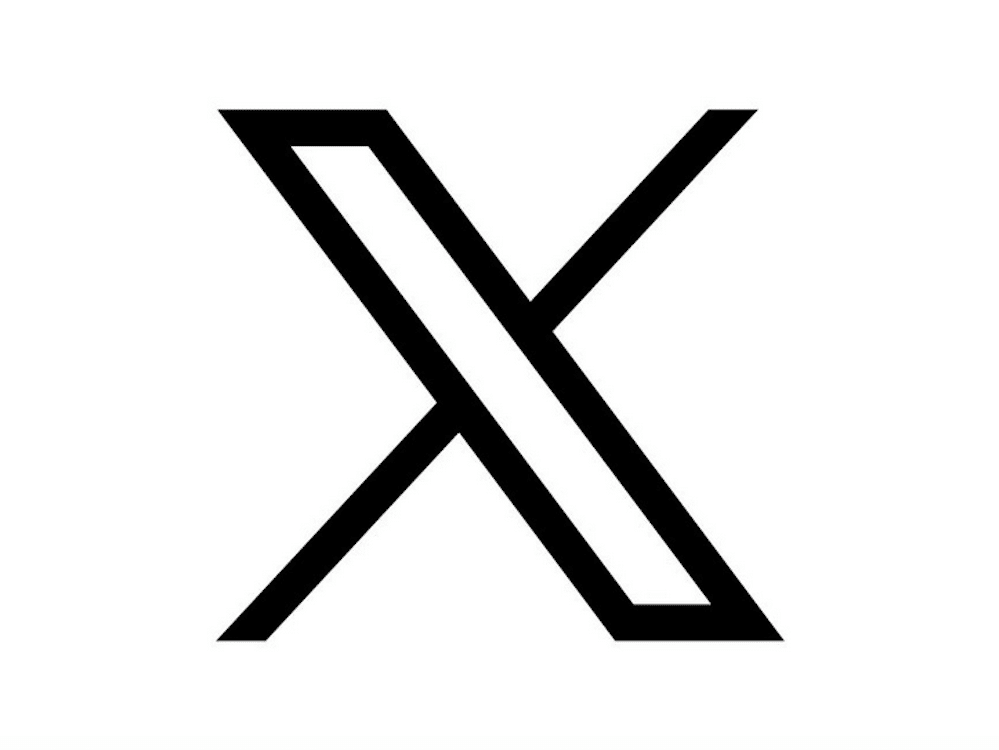New paper published: The false promise of Open RAN. Why Open RAN does not solve the “5G China challenge”
Most EU countries have effectively excluded Huawei from its critical 5G infrastructure. Some observers hoped that Open RAN alongside Nokia and Ericsson equipment could replace Huawei. But the hope in Open RAN is unfounded.
Read the full paper here.
With the financial support of the China in Europe Research Network (CHERN), Jan-Peter Kleinhans and I have penned a new paper in which we explain why existing hopes in Open RAN to solve some geopolitical challenges will not be fulfilled. The paper was published as part of the Digital Power China (DPC) project.
The question of whether to include Huawei technology in the rollout of Europe’s 5G infrastructure has increased awareness of the vulnerabilities that stem from technological dependence on China. The high level of market concentration in the Radio Accession Network (RAN) market has led to Open RAN being presented as a solution, as it disaggregates the components of RAN. However, while Open RAN is a promising technological concept, it does not solve the “China challenge” as it neither reduces reliance on China nor necessarily offers a higher degree of network security. Read the full paper here.
If you have missed it, check out the previous DPC report that was published in January 2022 assessing China's digital power more broadly.


